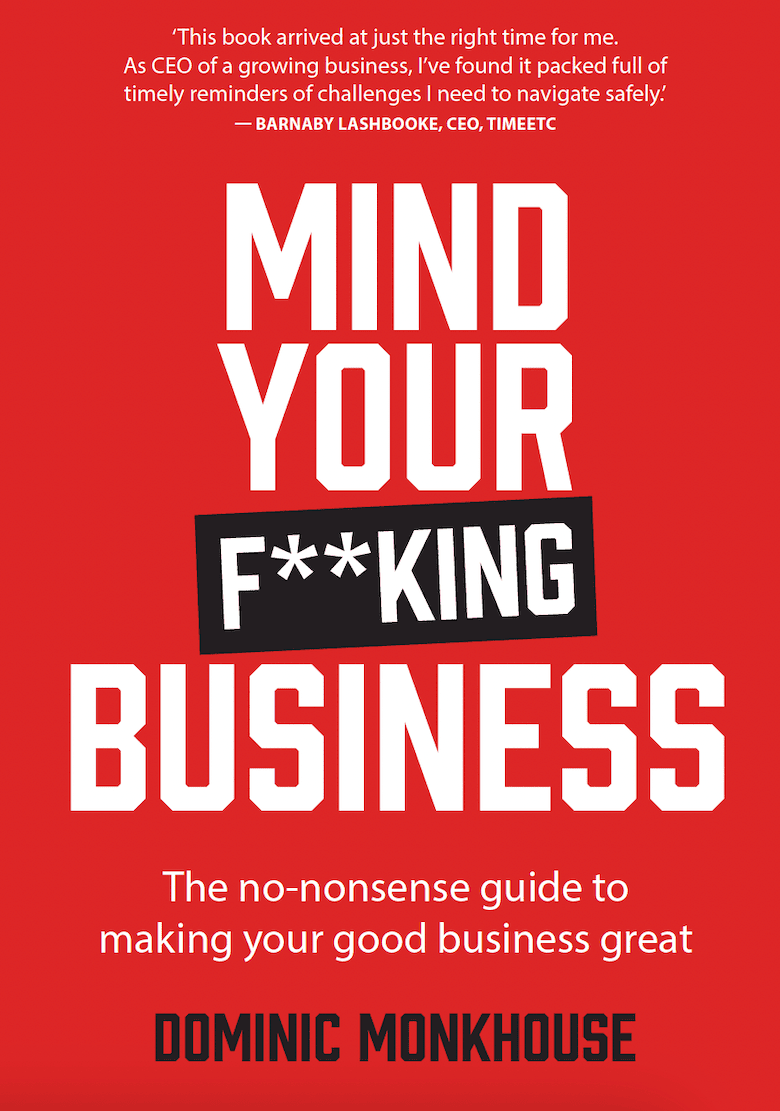
Valuable Insights
Explore our curated resources to help you grow both individually and as an organisation.

Podcast

Join Dominic Monkhouse fortnightly as he unlocks the trailblazing insights from the minds of top strategists, investors, and entrepreneurs.
Latest Blogs

Staying profitable through growth: When expansion eats your margins
Scaling a business is exhilarating, but if you're not careful, growth can devour your profits before you even notice.

Embracing the unknown: 5 secrets for thriving amid change
Great leaders thrive in uncertainty through wonder, scepticism, curiosity, vulnerability, and creativity.

Keeping track without terror: How to keep tabs on your workforce without being a tyrant
Elon Musk demands lists—there’s a better way. Regular check-ins build trust and clarity without fear.

Scale Up Tools

Why the Gallup Q12 is the best tool for growth
Why this is the best employee engagement survey for scaling up I love the Gallup Q12 survey. It’s a fantastic

What is ‘Profit Per X’ (and Why is it Powerful?)
Here’s a deceptively simple question. What type of business are you really in? Do you know where your profit comes

How To Write a Powerful BHAG For Your Business
Ever feel like you need an interpreter? Acronyms are everywhere in business. They’ve become a language in their own right,

The four super-powers that great managers need
Cast your mind back. Have you ever worked for a bad manager? Can you remember how you felt? Frustrated? Despaired?



